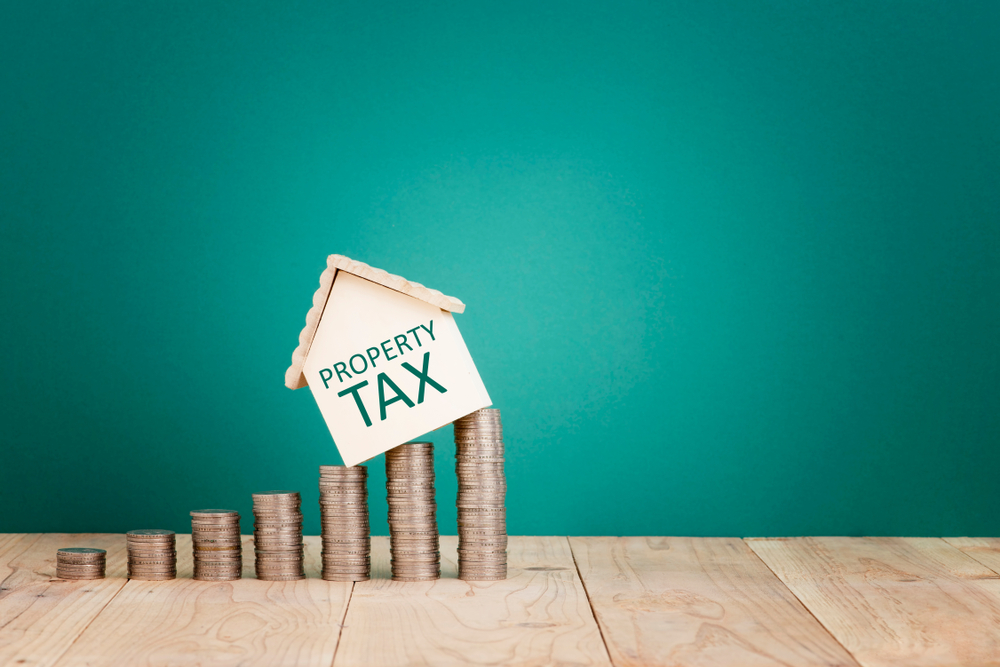Building approvals tumbled 17.2 per cent in July in the face of sky-high building costs and interest rate hikes.
This follows a modest 0.6 per cent drop in June.
The sharp decline was led by a lack of council approvals for units, especially large complexes, with a 43.5 per cent fall in private sector apartments recorded.
Approvals for new houses remained flat, rising 0.7 per cent in July.
Daniel Rossi, head of construction statistics at the Australian Bureau of Statistics, said apartment building approval figures were at their lowest level since January 2012.
KPMG economist Brendan Rynne said apartment approvals tended to be volatile compared to house approvals, and often reflected challenges facing the industry – which in this instance included labour shortages, falls in migration and the high cost of debt.
“All of these challenges, plus the highest construction CPI and lowest unemployment rate in decades, makes multi-dwelling construction particularly difficult at the moment,” Dr Rynne said.
Commsec economist Ryan Felsman said builders were wary about committing to new projects as building costs increased and labour shortages continued.
“Aussie residential property developers are sitting on a huge backlog of fixed price contracts – which lock in prices before construction starts – that are now unprofitable, resulting in some high-profile company insolvencies,” he said.
ANZ economist Adelaide Timbrell anticipated further declines in building approvals.
“We expect total building approvals to keep falling as more rate hikes put downward pressure on borrowing capacity of both developers and individual homebuilders,” Ms Timbrell said.
Fewer building approvals mean less housing supply in the future, which Dr Rynne said would drive up rents and inflation.
“This will be of concern to the Reserve Bank of Australia as it considers how far interest rates need to rise to get inflation back into the target range,” he said.
Constrained supply will also likely drive a recovery in the property market, he added.
Western Australia saw the biggest drop in the number of dwelling approvals – down 36.9 percent – followed by Victoria, which observed a 17.4 per cent drop.
The value of total building approved also fell in July, dropping by 12.9 per cent. This followed a 6.2 per cent decline in June.
Consumer confidence also eased slightly last week despite no signs of a spending slowdown.
Sentiment softened 0.7 per cent last week following two consecutive weeks of gains as measured by the weekly ANZ-Roy Morgan survey.
ANZ economist David Plank said consumers were likely to remain cautious until wages started growing in real terms.
“It is important to remember that this caution hasn’t actually been reflected in a pullback in spending – at least not yet,” he said.
This follows sharper-than-expected growth in retail sales on Monday.
Mr Felsman wasn’t sure how long the disconnect between low consumer sentiment and actual household consumption would last.
He said borrowers tend to only start seeing an increase in their repayments three months after official cash rate hikes.
Speaking to ABC Radio on Tuesday about Australia’s economic challenges, Treasurer Jim Chalmers said the government wanted to keep people in jobs and was aiming to keep unemployment “with a three or a four in front of it”.
However, he said the low unemployment figure didn’t tell the whole story.
“Youth unemployment is higher than that, we’ve still got underemployment in areas, we’ve got problems around wages growth that’s been a really big challenge in the economy for the best part of a decade now,” he said.
Poppy Johnston
(Australian Associated Press)




